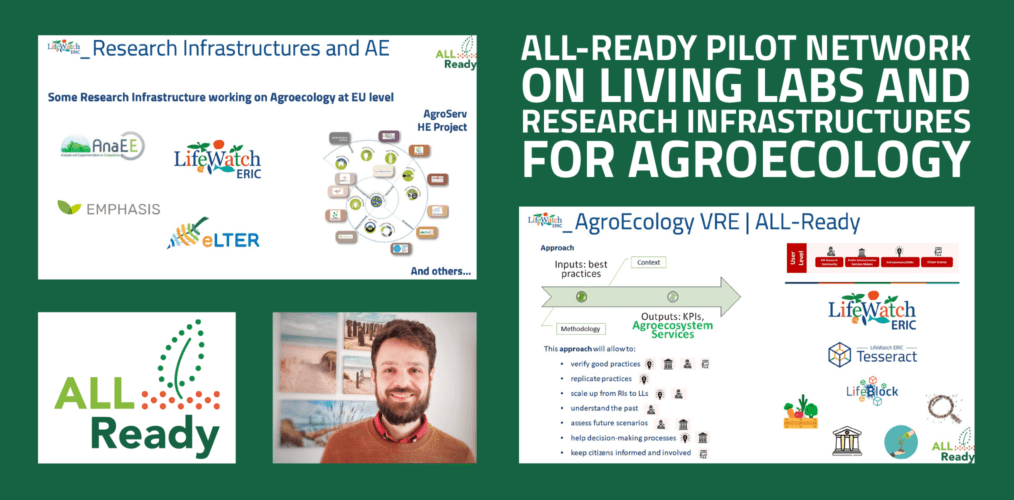Researchers affiliated with LifeWatch Slovenia have published the research paper: “Karst Groundwater Dependent Ecosystems—Typology, Vulnerability and Protection” (Nataša Ravbar, Tanja Pipan). You can read the abstract below and click on the link to access it in full.
Karst Groundwater Dependent Ecosystems—Typology, Vulnerability and Protection
Nataša Ravbar, Tanja Pipan
Karst groundwater dependent ecosystems (KGDEs) represent an important asset worldwide due to their ecological and socioeconomic values. In the contribution the main KGDEs of the Dinaric karst in Slovenia are presented. The main hydrological processes (i.e., extent, duration and frequency of groundwater inflow), the main biota and indicator communities, and the factors limiting the evolution of species (e.g., darkness) were identified. An overview of rare, endemic and charismatic species was also shown including Proteus anguinus, Marifugia cavatica, Monolistra racovitzae racovitzae and others. Due to its location in an area of very high geographical diversity and between different climate types, the Slovenian Dinaric karst is one of the hotspots of subterranean biodiversity on a global scale. The interaction between orographic, climatic, hydrological and edaphic conditions, as well as the fact that the area served as a hub for different species and as a refuge during the ice ages, are crucial for the very high biodiversity in this area. Due to deforestation in prehistoric times, man has even contributed to the diversification of the flora by creating space for the appearance or spread of habitats that are now considered natural (e.g., dry grasslands). An important factor in maintaining a particularly rich diversity of karst flora and fauna is also the low human impact and the very well preserved landscape in its natural state. KGDE sites in Slovenia with the greatest known species diversity are the Postojna -Planina and Škocjanske Jame cave systems, Cerkniško and Planinsko Polje, and the intermittent lakes of Pivka. Characterization of KGDEs is a prerequisite for a better understanding of the processes that control them, their biological function, and their vulnerability. The ecohydrological characterization of KGDEs of Slovenian Dinaric karst can serve as a pilot study for other karst regions with high biodiversity.
Photo credit: B Kogovšek, N Ravbar, Adobe Stock.





